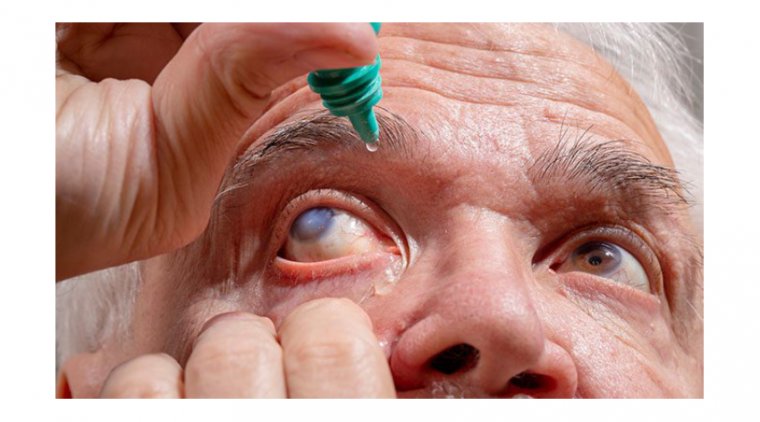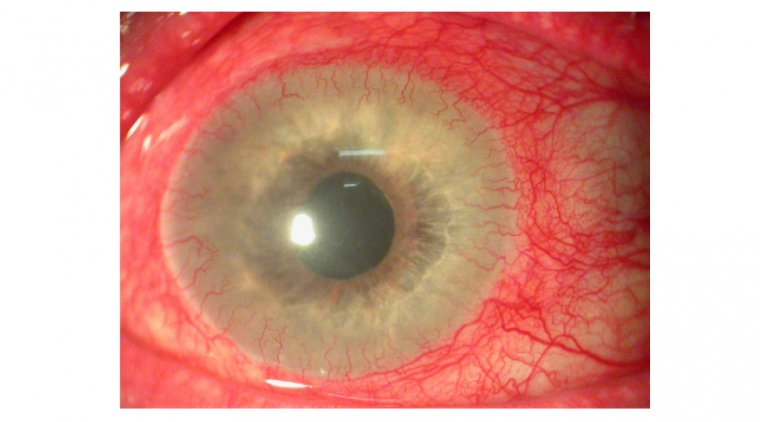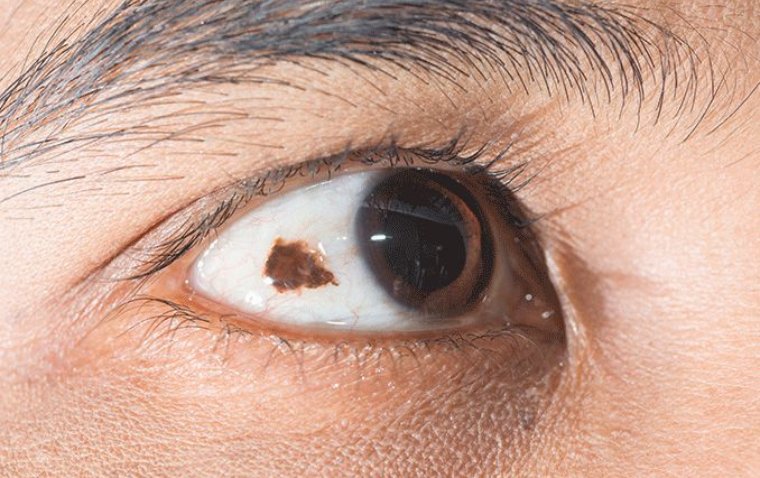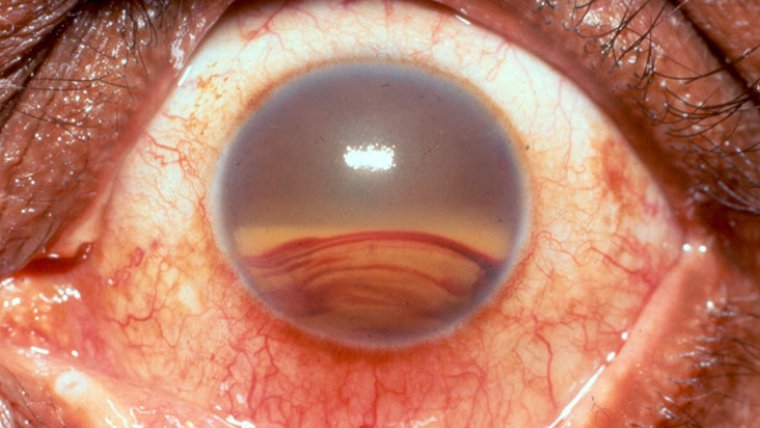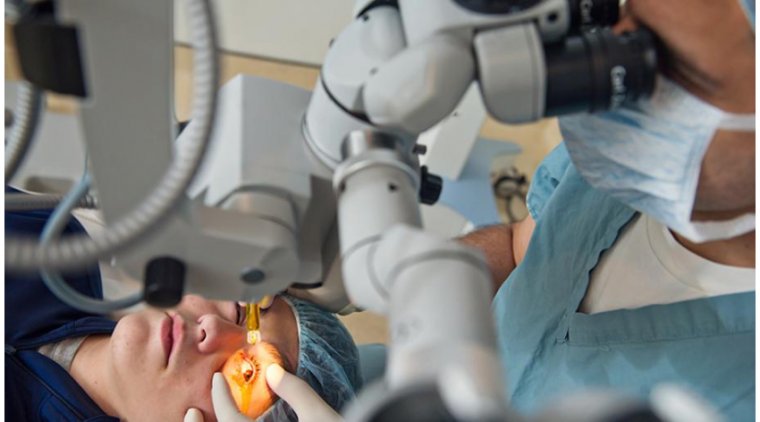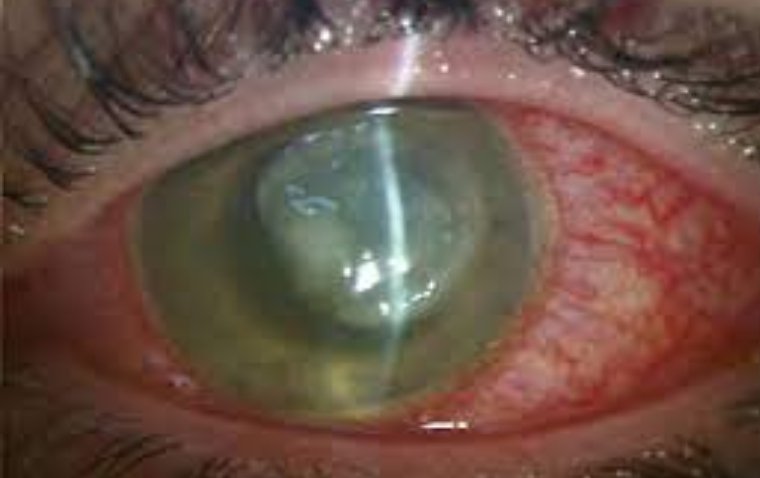
Infectious Keratitis: Causes, Treatment, and Prevention Guide
Infectious keratitis is a critical eye condition that demands prompt attention and understanding. This article will delve into the intricacies of infectious keratitis, exploring its causes, treatment options, and preventive measures.
What is Infectious Keratitis?
Infectious keratitis is an inflammation of the cornea, the transparent front part of the eye, often caused by bacterial, viral, fungal, or parasitic infections. This condition can lead to severe complications and vision loss if not treated promptly.
Infectious keratitis commonly presents with symptoms such as eye redness, pain, blurred vision, light sensitivity, and excessive tearing. It is crucial to recognize these signs early and seek professional medical advice.
Infectious keratitis is particularly prevalent in developing countries that have difficult access to medical care, risk for trauma related to agricultural work, and worse health at baseline.
In more developed countries, the incidence of microbial keratitis is increasing from the prevalence of contact lens use, due to poor contact lens hygiene.
The specific pathogens of infectious keratitis have geographic differences based on climate-related flora and type of trauma, including contact lens wear. In Europe, North America, and Australia, as examples, microbial keratitis is typically Staphylococcus epidermidis, Staphylococcus aureus or Pseudomonas aeruginosa.
In contrast, the Asia Corneal Society Infectious Keratitis Study reports a predominance of fungal keratitis, Fusarium, in India and China. The worldwide prevalence of Acanthamoeba is about 1% to 3% of infectious keratitis.
What is the Cause of Infectious Keratitis?
Various microorganisms can be responsible for infectious keratitis. Bacteria, viruses, fungi, and parasites can invade the cornea, leading to inflammation. Common sources include contaminated contact lenses, eye injuries, or pre-existing eye conditions.
Bacterial keratitis, often associated with poor contact lens hygiene, can progress rapidly. Fungal keratitis is more prevalent in agricultural regions and can result from trauma involving plant material. Viral keratitis, caused by herpes simplex virus, can lead to recurring infections.
What is the Difference Between Infectious and Noninfectious Keratitis?
Distinguishing between infectious and noninfectious keratitis is crucial for effective treatment. While infectious keratitis results from microbial invasion, noninfectious keratitis is typically caused by underlying conditions such as dry eye syndrome, exposure to irritants, or autoimmune disorders.
When to See a Doctor?
Prompt medical attention is essential when symptoms of infectious keratitis arise. If you experience persistent eye redness, pain, light sensitivity, or changes in vision, consult an eye care professional immediately. Delaying treatment can lead to complications and worsen the condition.
Seeking early intervention ensures a more effective response to treatment, minimizing the risk of long-term consequences.
Risk Factors for Infectious Keratitis
Several factors increase the risk of developing infectious keratitis. These include wearing contact lenses, especially overnight or in unclean conditions, eye injuries, compromised immune systems, and residing in areas with high fungal or bacterial prevalence.
Prevention of Infectious Keratitis
Preventing infectious keratitis involves adopting good eye hygiene practices. This includes proper contact lens care, regular eye examinations, and avoiding behaviors that may increase the risk of eye infections.
Additionally, protecting the eyes from trauma, using protective eyewear in high-risk situations, and maintaining overall health contribute to reducing the likelihood of infectious keratitis.
Treatment Options for Infectious Keratitis
When facing infectious keratitis, timely and appropriate treatment is crucial. This section will outline the various treatment options available for managing this eye condition.
Antibiotic and Antifungal Medications
Infectious keratitis caused by bacteria or fungi often requires targeted medications. Antibiotic eye drops or ointments, such as moxifloxacin or ciprofloxacin, may be prescribed for bacterial infections. Antifungal medications like voriconazole or natamycin are effective against fungal keratitis.
Early diagnosis allows for precise identification of the causative agent, guiding the selection of the most suitable medication.
Antiviral Medications
For viral keratitis, antiviral medications like acyclovir or ganciclovir may be recommended. These medications help control viral replication and minimize the duration and severity of the infection.
Antiviral treatment is particularly important in cases of herpes simplex virus-induced keratitis, a common viral cause of eye infections.
Corneal Cross-Linking
In some cases, especially with recurrent infectious keratitis or when traditional treatments prove insufficient, corneal cross-linking may be considered. This procedure involves applying riboflavin eye drops followed by exposure to ultraviolet light, strengthening the cornea and preventing further infection.
Corneal cross-linking is a specialized intervention that should be discussed with an ophthalmologist based on the severity and recurrence of the infection.
Surgical Intervention
Severe cases of infectious keratitis may require surgical intervention. Procedures such as corneal transplantation or keratoplasty may be necessary to replace the damaged cornea with a healthy donor cornea.
Surgery is typically reserved for advanced cases or when vision-threatening complications arise.
Long-Term Management and Follow-Up Care
After the acute phase of infectious keratitis is addressed, long-term management and follow-up care become paramount. Regular eye examinations are essential to monitor the corneal healing process and detect any signs of recurrence.
Patients may be advised to continue using prescribed medications or follow specific eye care routines to prevent future infections. Compliance with medical recommendations and maintaining good eye hygiene are key factors in ensuring successful long-term management.
The Analysis
One study shows that corneal specialists correctly distinguished bacterial from fungal keratitis clinically in less than 70% of cases.
This emphasizes the importance of microbial identification for more severe, refractory, and visionthreatening keratitis, since a large portion will be clinically indistinguishable.
Microbiology work up; A consensus, published by the American Academy of Ophthalmology Preferred Practice Pattern, recommends staining and culture for ulcers that are >2 mm, vision threatening by depth of involvement, show stromal melt, central location and refractory infections, or appear in eyes that have undergone ocular surgery.
Specimen for stains and cultures are obtained at the leading edge of infiltrates. Ways to maximize yield: specimen collection with a broth-moistened calcium alginate swab, Dacron swab, or a sterile metallic instrument.
Tetracaine and BAK use should be avoided to preserve the viability of the pathogen. Careful sample collection prevents contact with lashes and the conjunctiva where the normal flora can confound the results. Microbial culture can often times confirm the diagnosis.
The susceptibility profile may not alter treatment, since frequent topical dosing can exceed the minimal inhibitory concentration of most pathogens, regardless of their “resistance” to individual antibiotics. Clinical progression should be our main guide. Another challenge with cultures is their limited yield.
The sensitivity of using blood, chocolate, thioglycolate, and mannitol bacterial media is approximately 42% to 58%. Fungal culture with Sabouraud dextrose agar takes 2 to 10 days for results, with a sensitivity of 25% to 59%.
Sensitivity is even more limited for Acanthamoeba at about 33% to 60%, in either buffered charcoal yeast extract or E. Coli overlay on non-nutrient agar. The low sensitivity of cultures and prolonged incubation periods warrant adjunctive methods to quickly identify pathogens with staining methods. Gram stains can be used to visualize bacteria, fungi and Acanthamoeba.
Conclusion
Infectious keratitis is a serious eye condition that demands attention, but with timely intervention, appropriate treatment, and preventive measures, individuals can safeguard their eye health. Prioritizing good eye hygiene, adopting protective measures, and making informed lifestyle choices contribute to a reduced risk of infectious keratitis and promote long-term eye wellness. If you experience any concerning symptoms, consult with your eye care professional promptly for personalized advice and treatment.
(1).jpg)



